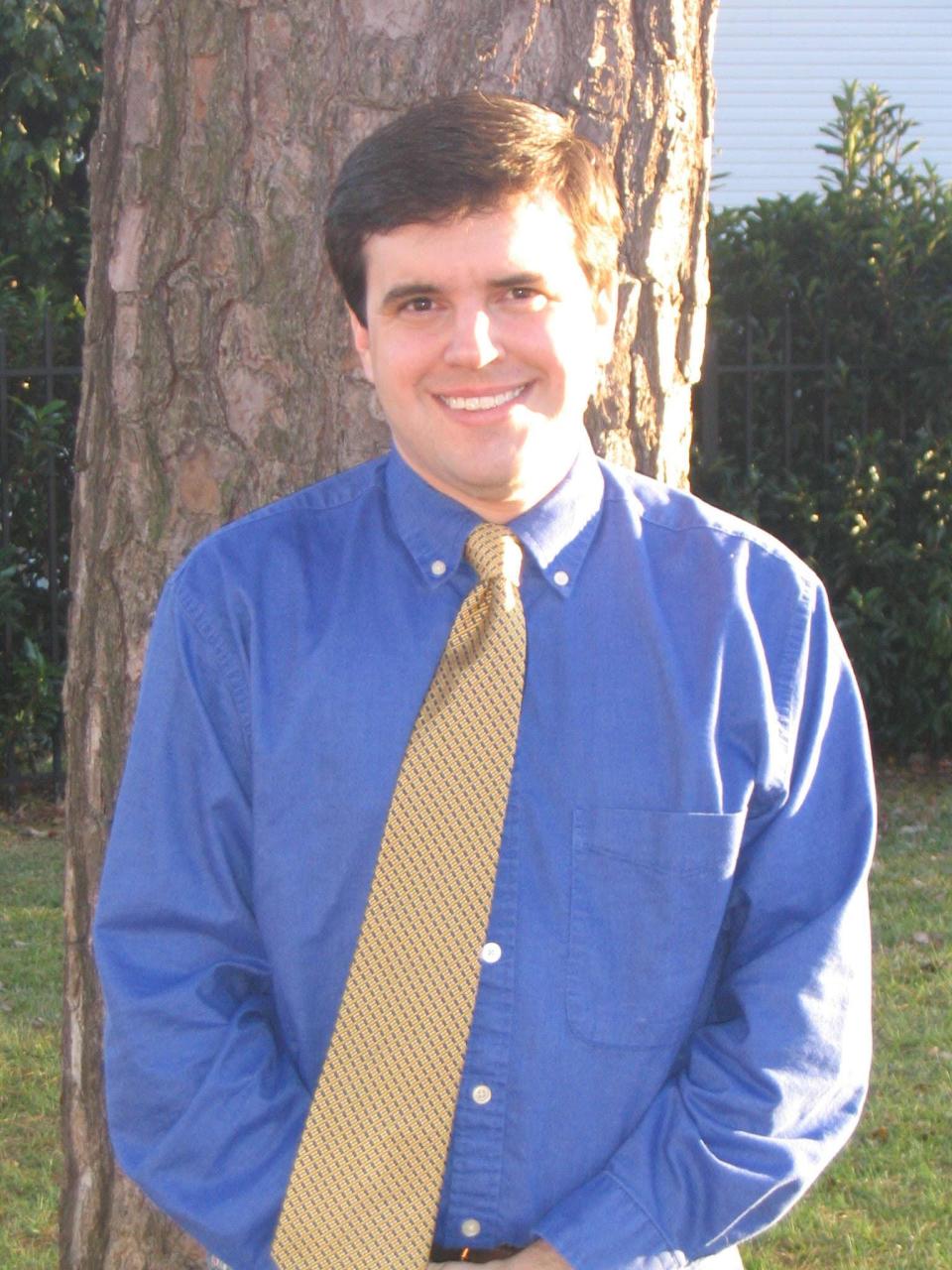Bridges: This Texas chemist won a Nobel Prize, explored the smallest worlds
- Oops!Something went wrong.Please try again later.
In so many ways, what was once science fiction is rapidly becoming a reality. Nanotechnology, once a seemingly impossible idea is now becoming the future of medicine and engineering, thanks to Dr. Richard Smalley, Texas chemist, Nobel Prize winner, and the father of nanotechnology.
Richard Errett Smalley was born in June 1943 in Akron, Ohio. He was the youngest of four and grew up in Kansas City, Missouri. Smalley later described it as a happy childhood with a stable and loving family. His father worked in the newspaper industry and eventually became the editor of a farming magazine.
When he was a teenager, his mother went back to school and earned a bachelors degree. Smalley was fascinated by all the tales of great scientists his mother told him. As a youngster, he and his father also built and designed various gadgets. In high school, Smalley took four years of drafting classes where he learned about the importance of design and structure and read science books for hours on end.

His aunt, Dr. Sara Jane Rhoads, a respected chemist herself, encouraged him to study chemistry and gave him his first scientific job after high school – working in her organic chemistry lab at the University of Wyoming in 1961. Smalley completed his bachelors degree at the University of Michigan at Ann Arbor.
After his graduation, he went to work for Shell Chemical in the quality control lab. He enrolled in the doctoral program at Princeton University in 1969, graduating in 1973. Afterward, he began working with a team of scientists on the use of lasers for spectroscopy, understanding what light patterns certain substances emitted and absorbed in order to learn more about their properties. In 1976, he became a professor of chemistry at Rice University, making his move to Texas.
By the late 1970s, Smalley and a team of researchers at Rice began using these techniques to study carbon in new ways. Many scientists theorized that new configurations of carbon-containing molecules could pave the way to new energy sources or a variety of synthetic materials with all sorts of possible uses. Smalley’s work helped show that carbon atoms could organize in ways never before seen. By 1985, Smalley, along with Robert Curl, James Heath, Harold Kroto, and James O’Brien discovered that carbon atoms could arrange themselves into a ball made of carbon. These 60-atom carbon molecules resembled soccer balls and were eventually dubbed “Buckminsterfullerenes,” after architect Buckminster Fuller and his famous geodesic domes.
The discovery of fullerenes was followed by the discovery of carbon nanotubes, molecule-size tubes with walls made entirely of a thin layer of carbon atoms. The scientific world was excited about the possibilities. One of the most intriguing possible uses was identified in medicine. Their structure would help aid imaging processes in MRI scans and X-rays. Additionally, portions of medicines and even genes could be “stored” inside them, making it easier to transport medicines or genes for gene therapy and research much easier and much more efficient.
Several researchers have theorized that one day nanotechnology could even be used to treat diseases such as cancer. With the ability to work on the molecular level, repairing damaged genes as seen with cancer and other maladies could become much easier in these instances.
Ken Bridges is a writer, historian and native Texan. He holds a doctorate from the University of North Texas. Bridges can be reached by email at drkenbridges@gmail.com.
This article originally appeared on Amarillo Globe-News: Bridges: Smalley research, discoveries opened doors in nanotechnology

